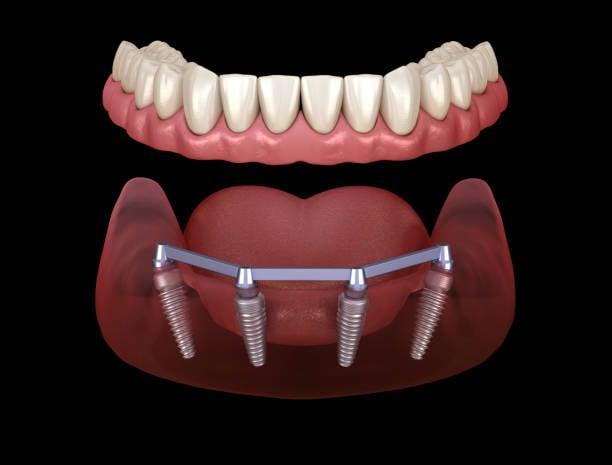In a world where smiles play a pivotal role in human connection,the importance of dental health cannot be overstated. For those grappling with the challenges of missing teeth, the quest for a solution that restores both function and aesthetics often leads to the realm of dental implants. But what exactly are dental implants? And how do they seamlessly integrate into our bodies to provide a durable and lifelike choice to natural teeth? Join us as we delve into the captivating world of dental implants, exploring their components, the intricacies of their placement, and the transformative impact they can have on an individual’s life. Whether you’re considering implants for yourself or simply curious about this remarkable innovation in dental technology, this article will guide you through the essential aspects of dental implants and demystify the process involved in bringing back the joy of a complete smile.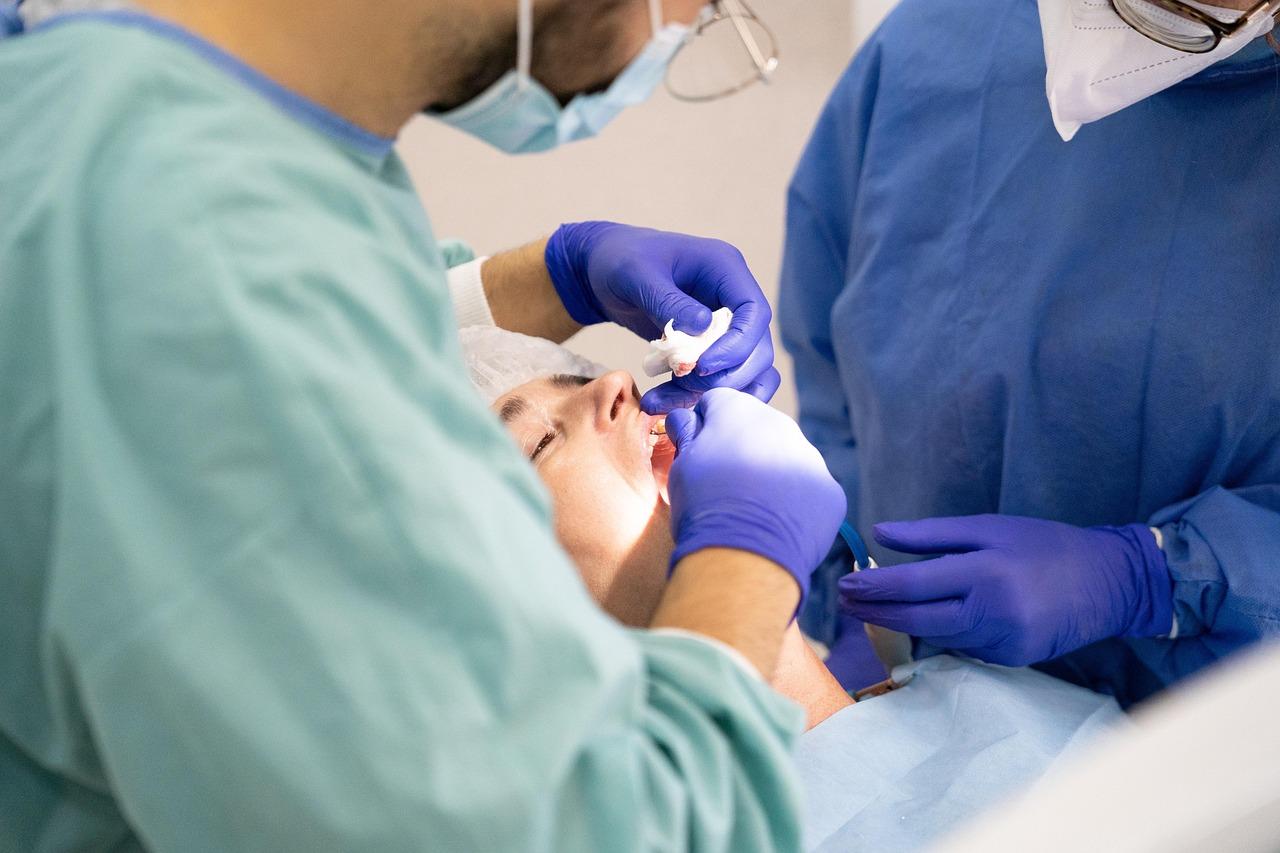
Understanding the Basics of Dental Implants and Their Components
Dental implants are advanced solutions designed to replace missing teeth, functioning as a foundation for artificial teeth. Unlike conventional bridges or dentures, implants are anchored directly into the jawbone, providing stability and a natural feel. the primary components of a dental implant include:
- Implant Fixture: A small titanium post that is surgically placed in the jawbone, serving as the root for the artificial tooth.
- Abutment: A connector piece that attaches to the implant fixture and supports the crown or artificial tooth.
- Crown: The visible part of the implant, usually made of ceramic or porcelain, designed to match the appearance of natural teeth.
The process of getting dental implants generally involves multiple steps. Initially, the implant fixture is placed in a minor surgical procedure, followed by a healing phase known as osseointegration, during which the bone fuses with the implant. Once healing is complete, the abutment is attached, and the crown is secured to complete the restoration. This method not only restores functionality but also promotes jawbone health by preventing bone loss,a common outcome of tooth loss.
| Component | Material | Function |
|---|---|---|
| Implant Fixture | Titanium | Acts as the tooth root |
| Abutment | Metal or ceramic | Connects crown to implant |
| Crown | Ceramic or porcelain | Replaces the visible part of the tooth |
Understanding these components and their functions can definitely help you appreciate the sophistication behind dental implants. They not only restore smiles but also enhance quality of life by enabling patients to eat, speak, and smile confidently again.
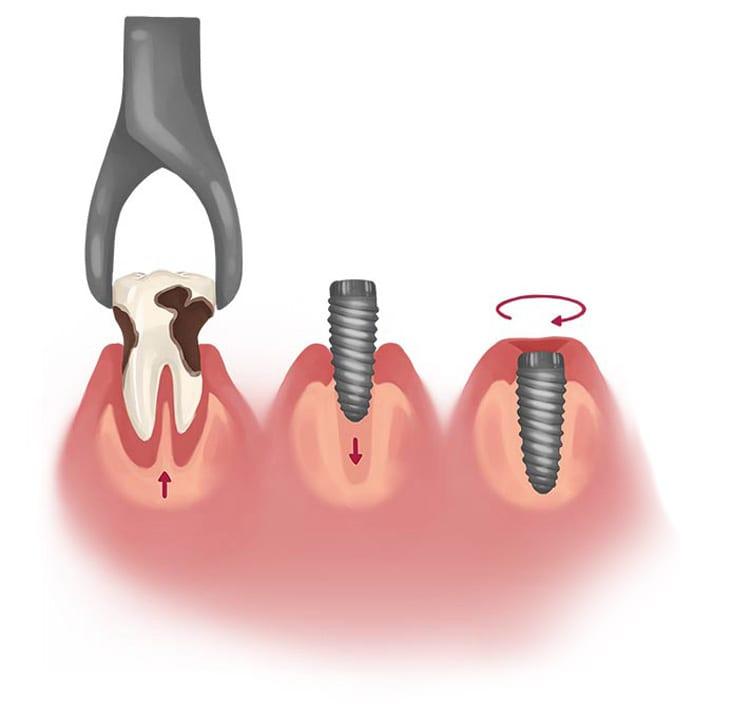
The Implant Placement Process: what to Expect During Surgery
During the implant placement surgery, you can expect a carefully orchestrated procedure tailored to ensure your comfort and success. Initially, your dentist or oral surgeon will administer anesthesia, which can be local or general, depending on your needs and the complexity of the case. This will numb the area where the implant will be inserted, allowing you to remain relaxed and pain-free throughout the operation.
Once you are agreeable, the surgeon will make a small incision in the gum tissue to expose the underlying bone.Using advanced imaging technology, they will precisely locate the optimal spot for the implant. The next critical step is to drill a small hole into the jawbone where the implant post will be placed. This post will serve as a substitute for the tooth root, providing a strong foundation for the future dental crown. After inserting the implant post, the gum tissue will be sutured back into place.
Post-surgery,there may be some swelling and discomfort,which is entirely normal. To aid in recovery, your dentist will provide specific aftercare instructions. This may include:
- Taking prescribed medication for pain and to prevent infection.
- Eating soft foods and avoiding hard or chewy items.
- Maintaining oral hygiene while avoiding the surgical site.
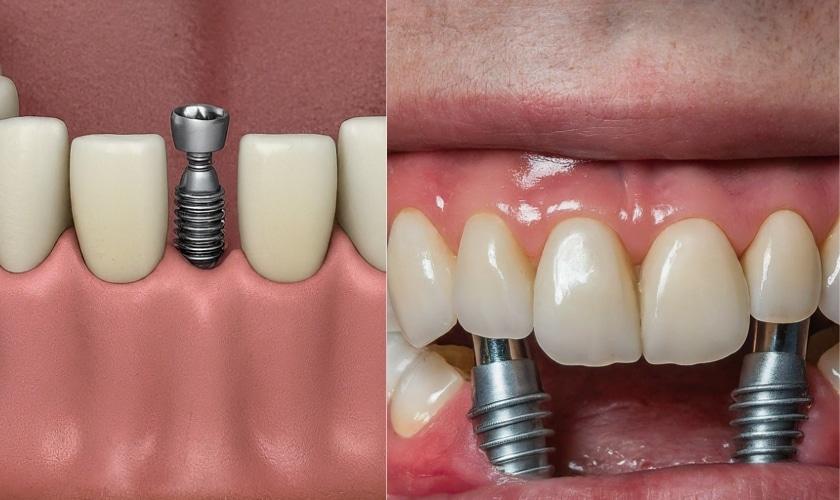
The benefits of Choosing Dental Implants for tooth Replacement
When considering options for tooth replacement, dental implants stand out due to their superior structural integrity and ability to mimic natural teeth.Unlike other methods such as dentures or bridges, implants provide a permanent solution by anchoring directly into the jawbone. This integration not only enhances stability but also maintains the boneS health and density, preventing the common problem of bone loss that occurs after tooth loss.
The aesthetic benefits of dental implants are hard to overlook. They are designed to look and feel just like your natural teeth, allowing for improved confidence and comfort in social settings. With their custom shading and natural appearance, implants blend seamlessly with existing dental structures. Additionally,patients can enjoy their favorite foods without the fear of slippage or discomfort associated with removable appliances.
| Advantages | Description |
|---|---|
| Durability | Designed to last a lifetime with proper care. |
| Functionality | Functions just like natural teeth, allowing for normal chewing. |
| Bone Health | Stimulates the jawbone, preventing further deterioration. |
| Convenience | No need for adhesives or special cleaning routines. |
| Improved Speech | Eliminates slippage that can affect speech. |
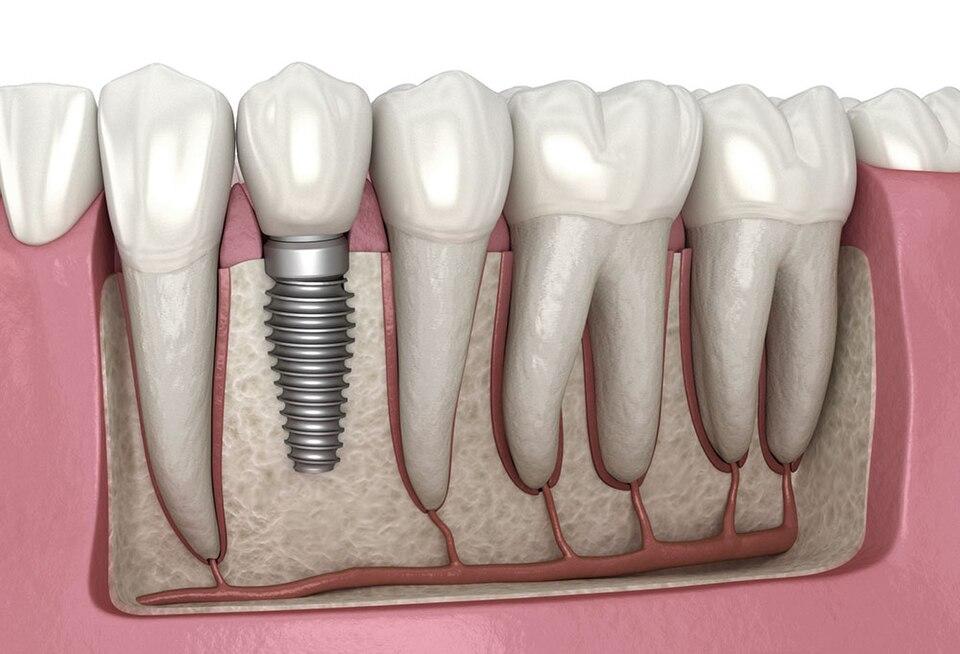
Essential Aftercare Tips for Long-Lasting Dental Implants
After receiving dental implants, proper aftercare is crucial for ensuring their longevity and success.Following your dentist’s recommendations will not only facilitate healing but also enhance the overall implant experience. Maintaining a careful oral hygiene routine is essential. Brush your teeth gently but thoroughly with a soft-bristled toothbrush and non-abrasive toothpaste.Flossing should be done strategically,utilizing floss designed for implants to avoid damaging surrounding gum tissue.
Consistent check-ups with your dental professional can definitely help monitor the condition of your implants and surrounding tissues. During these visits,your dentist will assess the health of your gums and may recommend professional cleanings.It’s also wise to adjust your diet in the initial weeks post-surgery. Focus on softer foods that provide nutrition without putting undue stress on your new implants, such as:
- Mashed potatoes
- Applesauce
- Yogurt
- Oatmeal
- Soups
Moreover, avoid tobacco and excessive alcohol consumption as they can impede healing and increase the risk of complications. staying hydrated is equally critically important; consider drinking plenty of water while steering clear of sugary or acidic beverages. Lastly, if you experience any unusual symptoms, such as persistent swelling or pain, do not hesitate to contact your dental provider. Ensuring a proactive approach towards aftercare can significantly increase the chances of your dental implants thriving for years to come.
Future Outlook
dental implants represent a remarkable fusion of science and art, offering a lifeline to those seeking to restore their smiles and regain their confidence. By seamlessly integrating with the jawbone, these titanium wonders provide a sturdy foundation for replacement teeth, enabling individuals to eat, speak, and smile with ease. Whether you’re exploring options for tooth replacement or have a lingering curiosity about this innovative solution, understanding how dental implants work is the first step toward making informed choices about your oral health. As advancements in dental technology continue to evolve, the possibilities for enhanced wellbeing and aesthetics grow ever brighter. So, if you’re considering dental implants, consult with a trusted dental professional and take the first step toward a future where every smile can shine as brightly as it is indeed meant to. Your journey to renewed oral health may just be a decision away.
